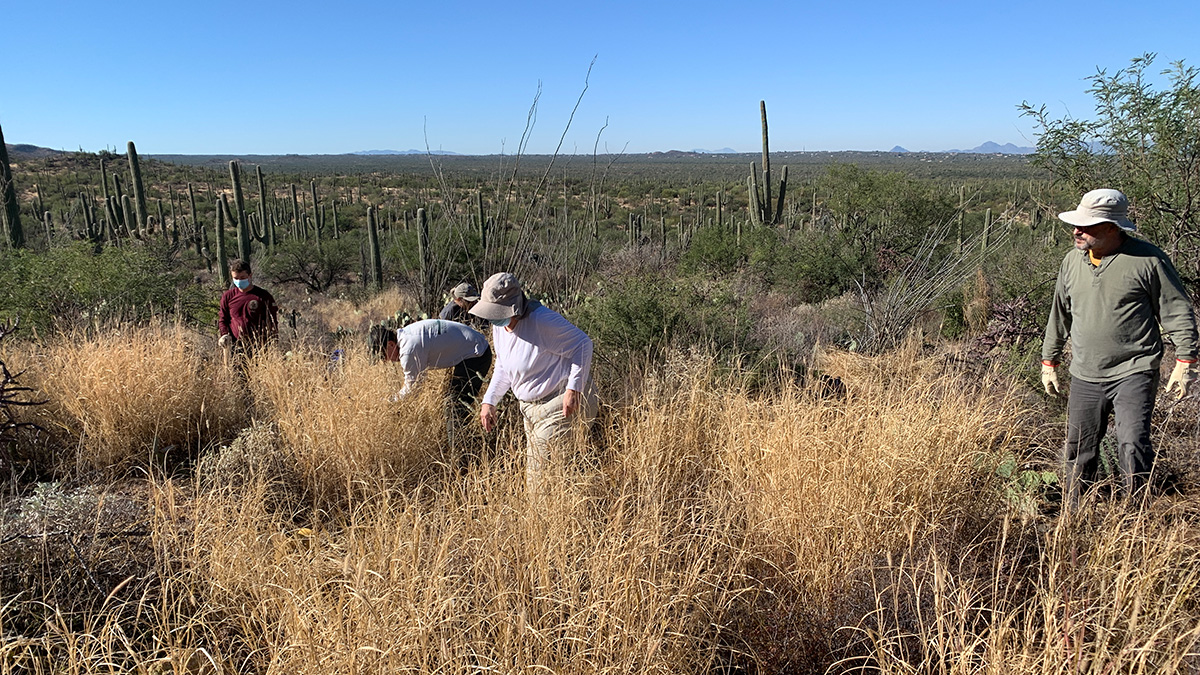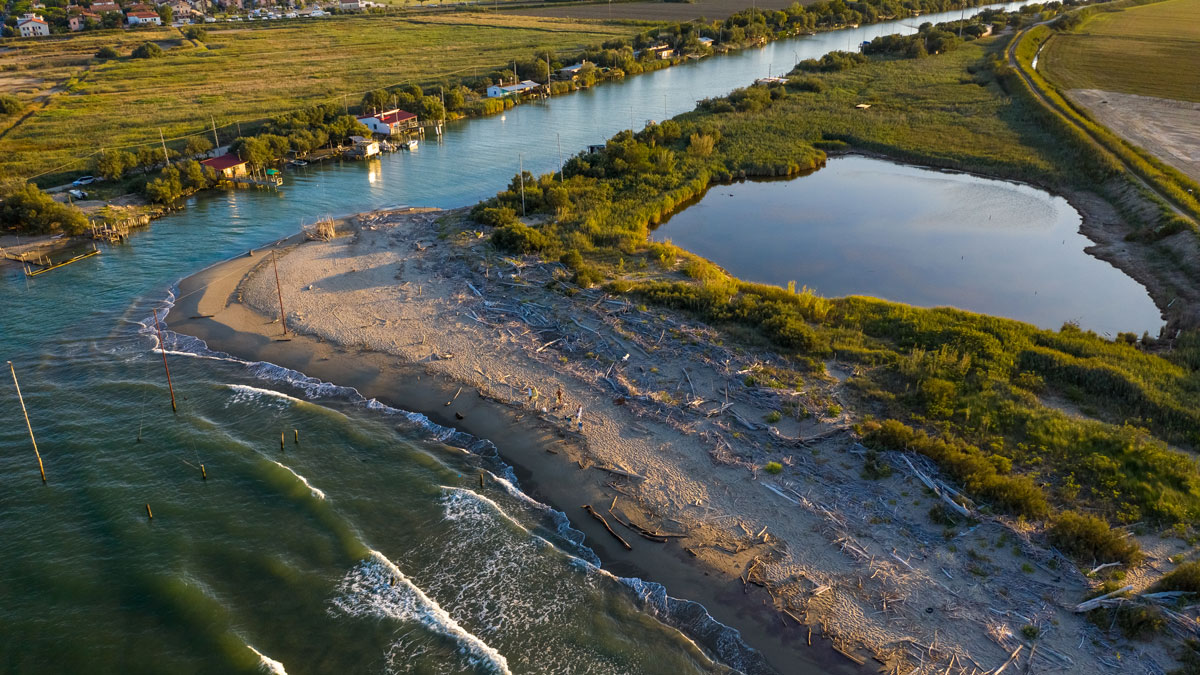Modeling suggests that rising sea levels will render Southern California ports increasingly vulnerable to waves from distant-source tsunamis.
Katherine Kornei
Katherine Kornei is a freelance science journalist covering Earth and space science. Her bylines frequently appear in Eos, Science, and The New York Times. Katherine holds a Ph.D. in astronomy from the University of California, Los Angeles.
Soil Texture Affects How Carbon Is Stored Underground
Using measurements from more than 9,300 soil samples collected worldwide, researchers have shown that carbon storage in soils is affected by both air temperature and soil texture.
Invasive Plants and Climate Change Will Alter Desert Landscapes
In experiments conducted in Biosphere 2, invasive buffelgrass weathers higher temperatures and drought conditions better than its native brethren.
Earthquakes Ripple Through 3D Printed Models of Los Angeles
Using stainless steel models, researchers find that high-frequency seismic waves—the most damaging to buildings—are attenuated in the Los Angeles sedimentary basin.
A Global Map of Human Sewage in Coastal Ecosystems
Prodigious quantities of nitrogen from human waste flow into coastal waters, a study of nearly 135,000 watersheds reveals.
Ocean Terrain and the Engineering Challenges for Offshore Wind Farms
Deep coastal seabeds, glacial erratics, and other geophysical hurdles stand in the way of offshore wind farm proliferation. Researchers, engineers, and organizations are adapting and inventing ways to harness the breeze.
Inland Mangroves Are Relics of the Past’s Higher Sea Levels
Mangroves found in southern Mexico’s rain forest, 170 kilometers from the nearest ocean, date to a time when sea levels were several meters higher.
Academic Citations Evolve to Include Indigenous Oral Teachings
A librarian has developed citation templates for oral teachings shared by members of Indigenous communities.
An Explanation, at Last, for Mysterious “Zen Stones”
Laboratory experiments re-create the thin, icy pedestals that support some rocks in nature, revealing that sublimation plays a key role in the formation of these rare and beautiful structures.
La arquitectura china evolucionó con los cambios en las nevadas
El diseño de los techos en el norte de China cambió a lo largo de siglos en respuesta a eventos de nieve extremos, sugiere nueva investigación.










